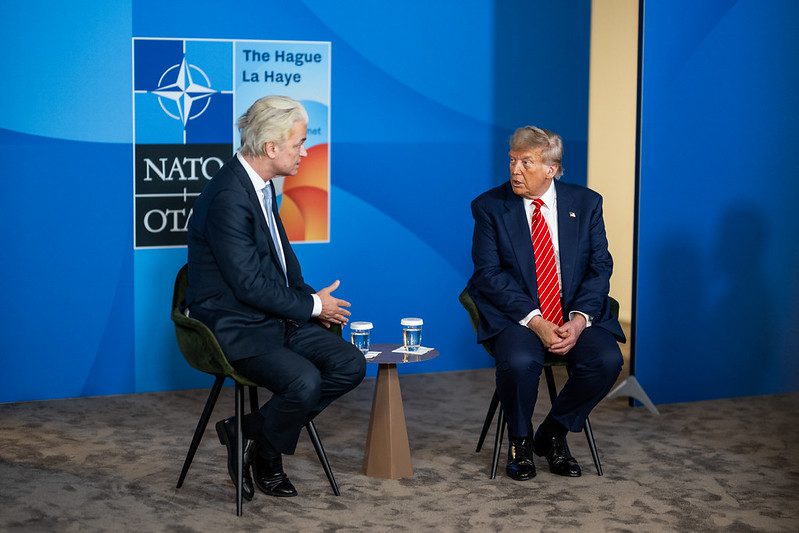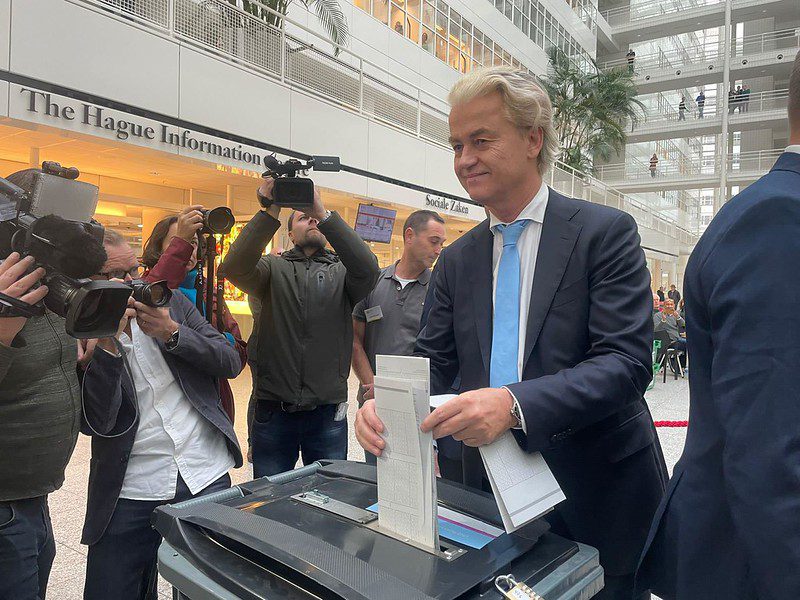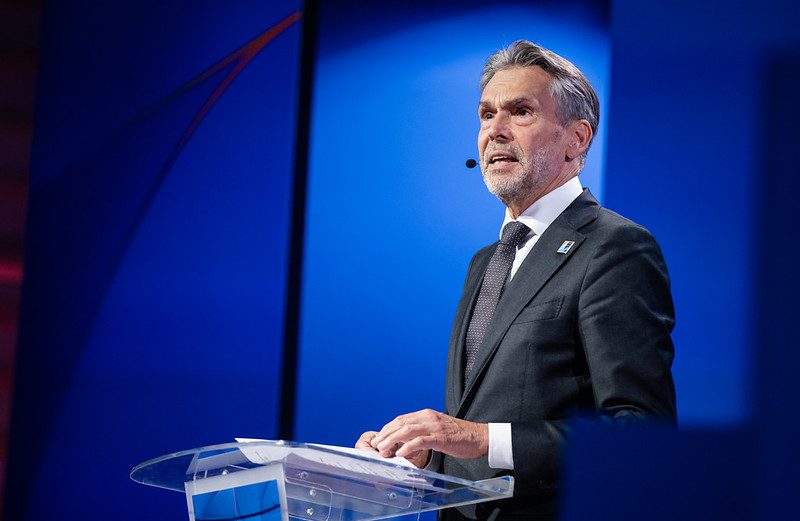The Netherlands is holding a snap parliamentary election today to elect the 150 members of the House of Representatives (Tweede Kamer). This election, coming less than two years after the last one, was triggered by the collapse of the short-lived, four-party right-wing coalition government in June 2025.
What triggered the election?
The previous coalition, formed after the November 2023 election, included the far-right Party for Freedom (PVV) led by Geert Wilders. The government collapsed after Wilders withdrew his party’s support over disagreements on asylum and immigration policies, a key issue that has dominated Dutch politics.
What is at stake?
The main issue at stake is the future political direction of the Netherlands, particularly on the topics of immigration, housing and the composition of the next government.
The highly fragmented Dutch political landscape, where no single party wins a majority, means long and complex coalition negotiations guaranteed. The outcome will determine whether the country moves towards a more centrist and moderate government or another administration heavily influenced by the populist right.
Migration has also been the central theme of the campaign. Wilder’s PVV is campaigning on a “total-halt” to asylum-seekers, a call that has hardened the rhetoric of even more moderate parties, with many now advocating for stricter controls.

Image: President Donald Trump meets with PVV party leader Geert Wilders – White House / Daniel Torok
The severe shortage of affordable housing, with an estimated shortfall of 400,000 homes, is the other top concern for voters. Parties offer various solutions, from accelerating construction to restoring state control over parts of the housing market.
The election is seen as a litmus test for the far-right in Europe. A strong showing for the PVV, even if it remains out of government, could influence the discourse on EU migration policy and further affect the political and further affect the political balance on the continent.
Key Players and Dynamics
Party for Freedom (PVV) – Leader: Geert Wilders The party is leading or tied for first in most polls, though it is expected to lose seats from its 2023 win where it gained 37 seats. The party’s campaign has been driven by hardline anti-immigration rhetoric where it has called for a freeze on asylum applications. Despite its polling, the PVV is unlikely to enter government as all major parties have ruled out forming a coalition with it.

Featured Image: PVV Leader Geert Wilders voting in the 2023 Dutch parliamentary elections – Prachatai
GreenLeft-Labour (GL/PvdA) Alliance – Leader: Frans Timmermans The centre-left coalition is running closely behind the PVV for the most seats. Led by the former European Commissioner, the alliance’s platform prioritises large-scale construction to address the national housing crisis.
Christian Democratic Appeal (CDA) – Leader: Henri Bontenbal The centre-right party has experienced a significant surge in support, dramatically increasing its projected seats from its low in the last election. The CDA is campaigning for a return to stable, “moderate” governance, with a major focus on fixing the housing shortage.
Democrats 66 (D66) – Leader: Rob Jetten The progressive-liberal party is also projected to gain a substantial number of seats. D66’s campaign is characterised by an optimistic outlook and a liberal approach, also centring on solutions for the housing crisis.
People’s Party for Freedom and Democracy (VVD) – Leader: Dilan Yeşilgöz The conservative-liberal party of former Prime Minister Mark Rutte is forecast to lose a significant number of seats. Having been part of the previous collapsed government, the VVD is trying to maintain its centre-right identity while also adopting a stricter stance on migration.
New Social Contract (NSC) and Farmer–Citizen Movement (BBB) These two parties, which were part of the short-lived outgoing coalition, are both forecast to suffer losses, with some polls suggesting the NSC may struggle to retain many of its seats. Both are right-leaning parties whose voters appear to have shifted back to other conservative and centre-right groups like the CDA.
The road to a coalition: the long process after the election
The biggest certainty of this election is that the government will emerge only after what is likely to be months of complex coalition negotiations. With the likely exclusion of the largest party (PVV) from power, the process will fall to the second or third-place party to assemble a majority.
Analysts predict the outcome is a broad-based coalition led by either the centre-left or the moderate right, combining various parties to bridge the political divides. The result of today’s vote will not be a new prime minister, but the beginning of a long, difficult negotiation to restore stability and set the course for the Netherlands’ next four years. Exit polls are expected shortly after voting closes at 9pm local time.
Featured Image via Ministerie van Buitenlandse Zaken / Bart Maat




